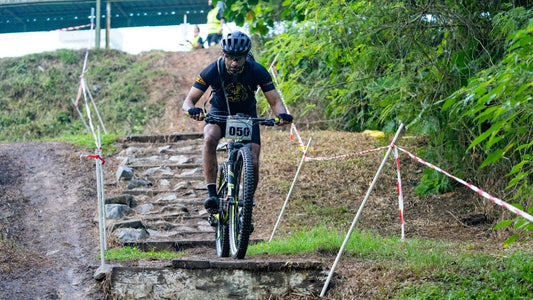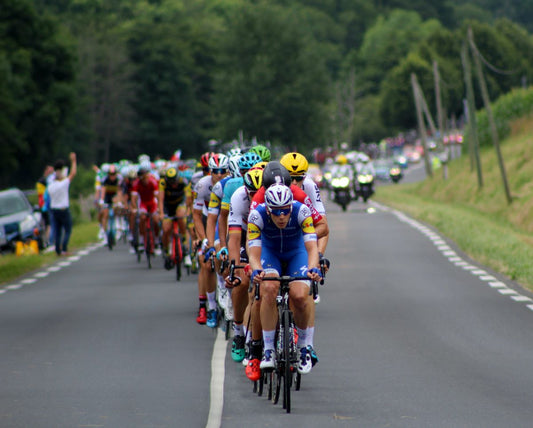neh-gah-tiv split runnin'
Negative, Split, Running
Running faster in the second half of a race than in the first half.
Example usage: I'm trying to achieve a negative split running pace for my next race.
Most used in: Long-distance running events.
Most used by: Endurance runners.
Popularity: 8/10
Comedy Value: 2/10
Also see: Interval Training, Tempo Ride, Progressive Ride, Ladder Ride,
What is Negative Split Running?
Negative split running is a strategy employed by cyclists that involves running the second half of a race faster than the first half. The idea is to conserve energy during the first half and then use that saved energy to sprint during the second half. This strategy is designed to help athletes push themselves to their limits and achieve their best performance.
Negative split running has been used for centuries by athletes to maximize their performance. It is a popular technique among runners and cyclists alike, and has been proven to be effective by numerous studies. For example, one study found that cyclists who used negative split running were able to complete their race up to 23% faster than those who ran at a steady pace.
Negative split running is a great way to maximize your performance and push yourself to the next level. It helps you conserve energy during the first half of the race and then use that energy to sprint during the second half. This strategy can be difficult for some athletes but with practice and dedication, it can be a great way to improve your performance.
Unveiling the Origins of Negative Split Running
The term 'negative split running' is used to refer to a strategy used by runners and cyclists to increase their performance. It involves running the second half of a race faster than the first, which helps to conserve energy and increase speed. This technique has been around for centuries, with evidence of it being used in Ancient Greece and Rome.
The term 'negative split running' was first used in the early 1900's in the United States. It was popularized by American Olympic runner Johnny Hayes, who used the technique to win the 1908 Olympic Marathon in London. He ran the second half of the race faster than the first, and his technique became known as 'negative split running'.
Since then, the technique has been adopted by many runners and cyclists as a way to improve their performance. This strategy has been used in many major sporting events, including the Olympics and the Tour de France. Negative split running is now a widely used technique in the world of running and cycling.












